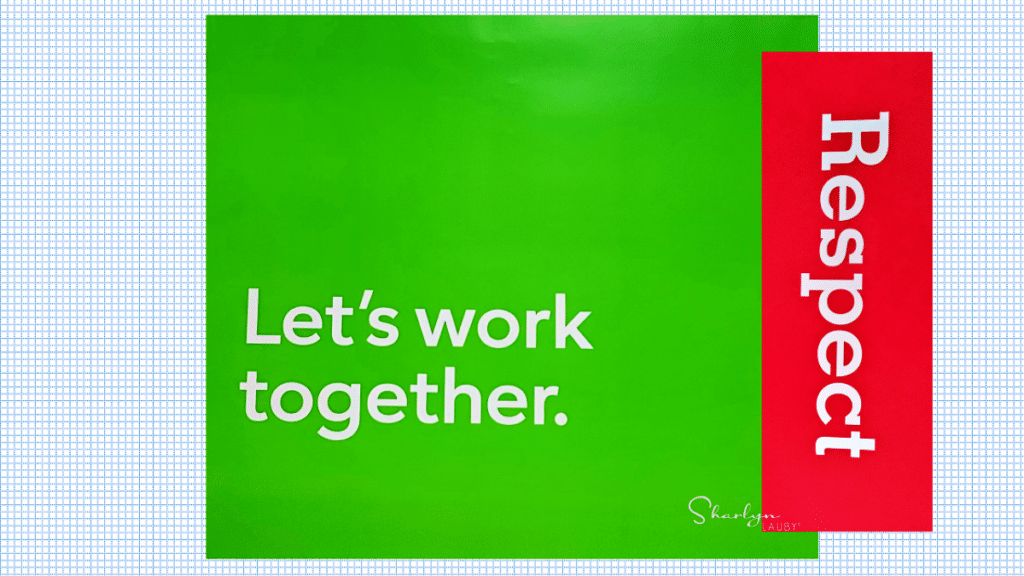Estimated reading time: 3 minutes
I’ve been seeing some articles lately about the value in hiring, engaging, and retaining older workers. That’s great. Statistically, the U.S. has more job openings than job seekers. Some of this is because there are more people exiting the workforce than entering. The U.S. Chamber of Commerce has a nice overview titled “Understanding America’s Labor Shortage” which goes into the reasons that we’re in this situation.
Because we’re facing a labor shortage, organizations might want to think about how to keep older workers in the workforce longer. Some older workers are open to the idea of retiring later. But – and this is a huge but – organizations have to create workplaces where older workers feel included.
There was an article in a recent issue of HR Magazine talking about the things that older workers are looking for when it comes to work. Here are a few topics mentioned:
Well-designed work. Employees want to understand how their work contributes to the organization’s mission, vision, and values. This is the foundation for employee engagement. When employees can tell their friends or family, “I do ABC and it helps our customers do XYZ.”, they can see how the work they do helps the company and its customers. That means designing jobs that are well-thought out and connect workers to the organization.
Flexible benefits. I’d like to think that organizations realize employee benefits are important. What’s becoming increasingly important is the ability to pick and choose benefits that align with an employee’s lifestyle. Specifically, when it comes to older workers, maybe they have healthcare coverage through Medicare but would like to have dental, vision, and hearing coverages. Creating flexible benefits plans will show employees that the organization cares.
Scheduling flexibility. Speaking of flexibility, if the past few years haven’t taught us anything it’s that employees want flexible work. For older workers, that might include flexible scheduling, reduced hours, job sharing, and a defined phased retirement program. It’s time for organizations to get comfortable with openly talking about exit strategies with employees. Not in a “let’s push someone out the door” kinda way but rather “let’s talk about creating a win for both of us”.
Training. Don’t assume that as people get older, they aren’t interested in learning new skills. For instance, some people might welcome the opportunity to learn a new software. Not only does it help them with their work, but it gives them the confidence to learn other software programs. And the training conversation also can include giving older workers the opportunity to mentor others. A valuable way to share organizational history, etc.
Some of you might be saying, “Hey! This list sounds like things that all employees would like – good jobs, flexible benefits, scheduling flexibility, and training.” And you would be right. That’s what makes this a nice list. Organizations aren’t creating a separate set of programs just for older workers. The goal is to create an employee experience that gives employees what they need when they need it.
It’s worth mentioning that if an organization does create an inclusive employee experience for workers of all ages – everyone will see it and that becomes a retention tool. People can work for an organization that takes care of their employees, regardless of their age.
Image captured by Sharlyn Lauby while exploring the streets of Gainesville, FL
The post Want Older Workers to Stay? Make Them Feel Included appeared first on hr bartender.





